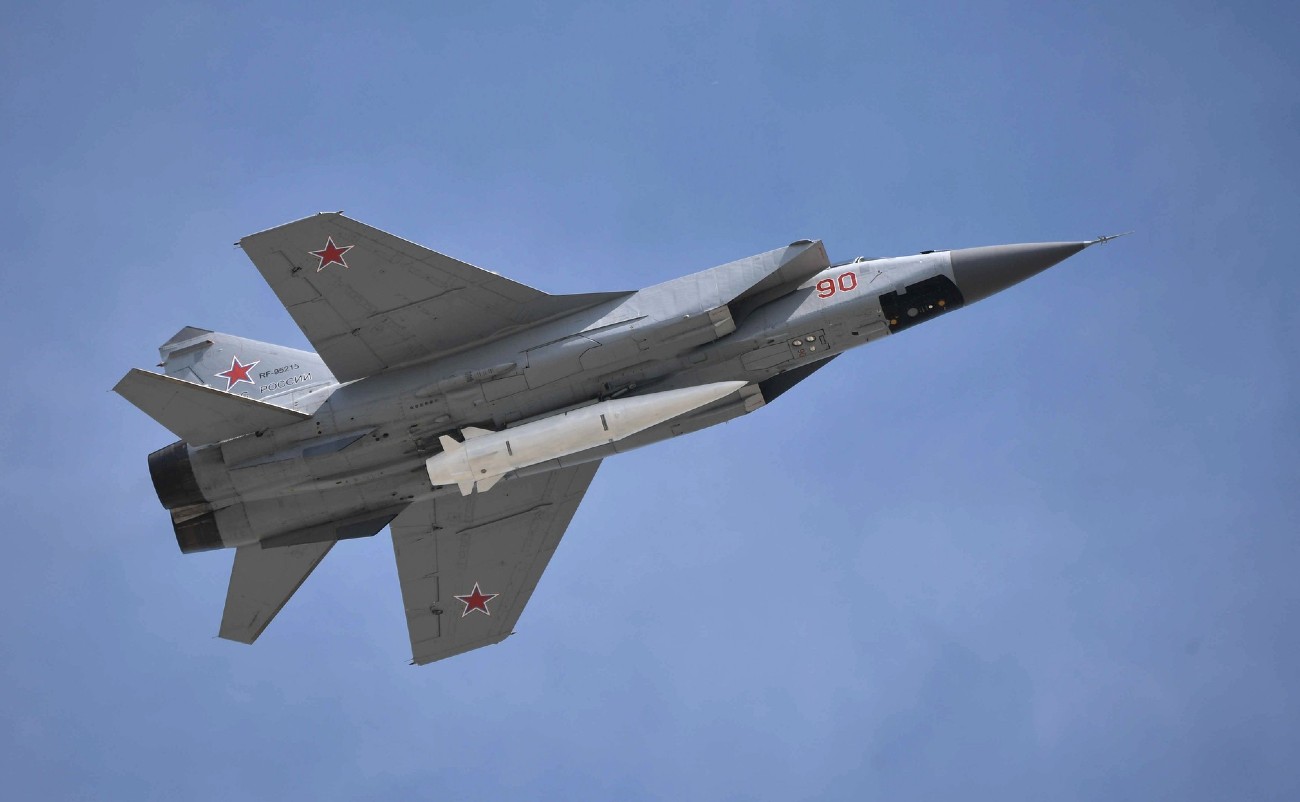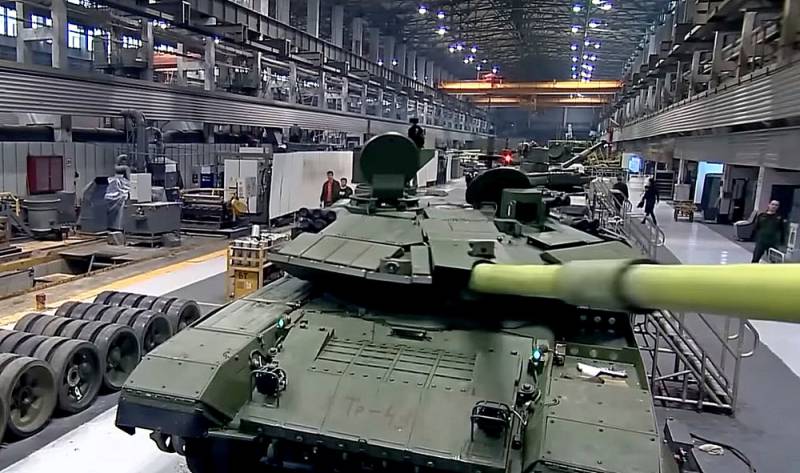The conflict in Ukraine has shed light on the evolving dynamics of modern warfare, with hypersonic weapons emerging as a “formidable force” on the battlefield.
Ukraine Secures ‘Deadly’ Sidewinder Missiles That Tore Apart Chinese MiG Fighters During Taiwan Conflict
The former Russian president emphasized that while hypersonic weapons have their place, the significance of artillery, tanks, and fortifications in retaining territory should not be disregarded.
During his visit to Vietnam on May 26, Deputy Chairman of Russia’s Security Council, Dmitry Medvedev, highlighted the importance of Russia’s unique hypersonic technologies while recognizing the importance of artillery, tanks, and fortifications in retaining territory.
“The hypersonic technologies that Russia possesses are, of course, important. However, if we speak about holding the territory, hypersonic technology won’t help,” the Deputy Chairman of Russia’s Security Council said.
Medvedev stressed the significance of a comprehensive defense approach involving tanks, infantry, artillery, and fortifications. He stated that these elements, representing the first, second, and third lines of defense, are crucial for territory retention.
Medvedev noted that Russia initially faced a shortage of certain armaments, specifically drones and sights. However, he went on to clarify that any deficiencies were promptly addressed through the acquisition or rapid expansion of production capabilities.

The Russian security official also acknowledged the need to catch up with the production of drones and increase their output to meet requirements.
Drones have become increasingly important in the Russia-Ukraine war for their reconnaissance, surveillance, and strike capabilities. Recognizing this, Russia took measures to bridge the gap by increasing the production of drones to address the shortage.
On the other hand, the official expressed satisfaction with the availability of different armaments, particularly tanks. He specifically mentioned the T-72, T-80, and T-90M tanks, well-established models in Russia’s armored forces.
Moscow extensively deployed these tanks in the ongoing war. But it’s also believed that a significant number of Russian tanks—possibly hundreds—have been lost.
Furthermore, Medvedev highlighted the introduction of the Armata tank, a newer and technologically advanced tank in Russia’s arsenal. “We have the Armata tank, although this is quite a new weapon,” he said.
In April 2023, Russian state media disclosed that Moscow had started the deployment of T-14 Armata tanks in the ongoing “special military operation” in Ukraine. These advanced tanks were reportedly equipped with additional protective measures on their flanks.
Nonetheless, the statement from the Russian official regarding the importance of tanks in territorial retention comes amidst a recent development where Ukrainian officials claim to have successfully intercepted Russia’s Kinzhal hypersonic missile using their US-supplied Patriot air defense system.
The alleged downing of the hypersonic missile marks a major achievement for the Ukrainian military in the 15-month-old war. Also, it highlights the effectiveness of the Patriot system in countering advanced threats.
This development further adds an interesting dimension to the ongoing conflict, showcasing both sides’ evolving capabilities and countermeasures.

Russian Tank Production
Despite official denials from the Russian Ministry of Defense (MOD), Russian tank production has been significantly affected by sanctions.
Local media reports previously highlight the consequences faced by the UralVagonZavod (UVZ) tank manufacturing plant, where work was suspended, and employees were sent on leave.
Throughout 2022, only a small number of T-72B3 and T-90M tanks were delivered, with the most recent announcement made on January 12, 2023.
Contrary to these reports, Russian officials have consistently denied the claims and asserted that the tank production had undergone further enhancements.
In March 2023, Dmitry Medvedev claimed that Russia is set to produce 1,500 tanks this year. He confidently stated that even under the most optimistic scenarios, Ukraine would not be able to match the same number of armored vehicles provided by its supporters.

However, Sergio Miller, a retired British Army Intelligence Corps officer, has challenged the credibility of Dmitry Medvedev’s claim regarding the production of 1,500 “new and modernized tanks” that will allegedly appear on the battlefields of Ukraine this year.
In his report for Wavellroom, Miller argues that such a claim is not credible and portrays Medvedev as a purveyor of exaggeration and propaganda on behalf of the Kremlin.
Miller’s assessment suggests skepticism towards the scale of tank production stated by Medvedev and questions the validity of the claim in the context of the ongoing conflict in Ukraine.
That being said, although hypersonic weapons have become a vital component for evading current defense systems on the battlefield, the importance of conventional weapons remains unchanged to this day.
- Contact the author at ashishmichel(at)gmail.com
- Follow EurAsian Times on Google News




